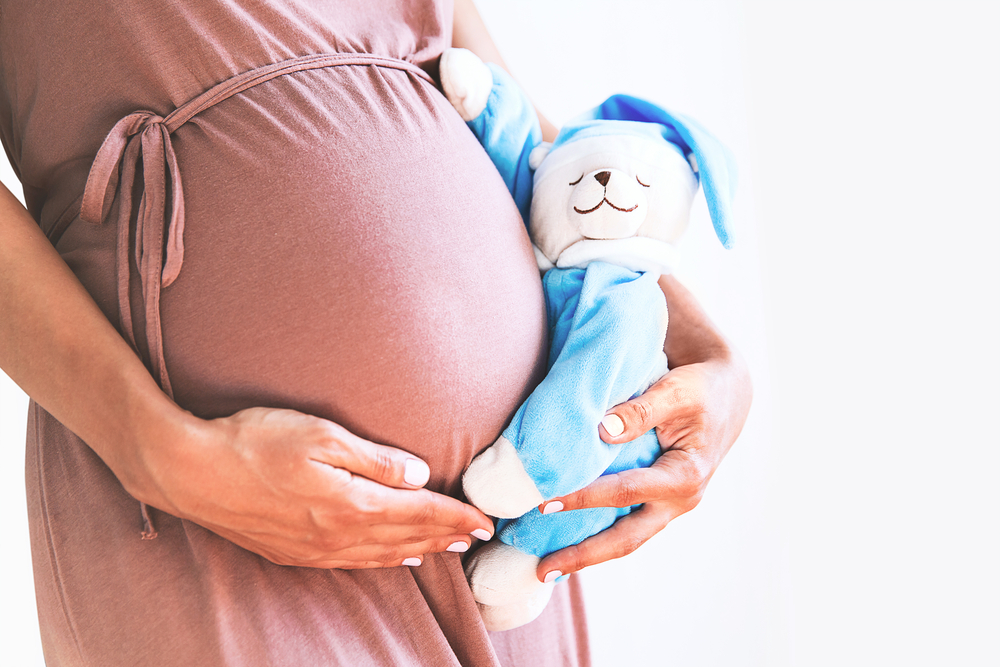Cyclophosphamide and Rituxan May Safely Treat AAV Patients During Pregnancy, Study Finds
Written by |

Standard therapies used to ANCA-associated vasculitis (AAV), like cyclophosphamide or Rituxan (rituximab), appear to be of benefit in patients who are pregnant, a literature review suggests.
The study, “Successful treatment outcomes in pregnant patients with ANCA‐associated vasculitides: A systematic review of literature,” was published in the International Journal of Rheumatic Diseases.
Pregnancy in AAV patients can be challenging due to the limited number of medicines known to be safe for women and a developing fetus.
Cyclophosphamide and azathioprine, routinely used to treat AAV, are both listed on the U.S. Food and Drug Administration (FDA) Pregnancy Category D, meaning they pose a risk for fetal development, although their potential benefits to the mother may warrant their use.
Rituxan (rituximab), also given to AAV patients, has been used in pregnant women with cancer or arthritis without harmful effects to the fetus. However, its benefits in AAV patients during pregnancy is largely unknown.
Researchers first reported two cases of AAV patients successfully managed with Rituxan during pregnancy.
In the first case, a 33-year-old women came to the hospital with cough, difficulty breathing, fever, anorexia, a nose bleed, decreased hearing in her second trimester. This was her fourth pregnancy, and the other three did not result in live births.
After finding signs of excessive ANCA antibodies in her blood, researchers made a diagnosis of granulomatosis with polyangiitis (GPA), and began treatment with corticosteroids and Rituxan, to which she responded well.
In her eighth month of pregnancy, however, her condition worsened and she was diagnosed with a Staphylococcus aureus and dengue infection, for which she received a combination of diuretics, muscle-targeting agents, antibiotics, and placed on invasive mechanical ventilation.
She delivered her baby at 36 weeks by cesarean section. At 4 months old, the baby was healthy and the mother in remission.
The second case involved a 26-year-old hospitalized with similar symptoms — cough, coughing up blood, a nose bleed, and hearing loss. She also showed signs of ANCA antibodies and inflammation in blood vessels of the nose, leading to a diagnosis of GPA.
The woman was treated with two doses of Rituxan along with corticosteroids, and insulin for gestational diabetes.
She responded well to the therapy and delivered a healthy baby at 36 weeks of pregnancy. She has remained fairly healthy in follow-up visits.
The researchers then conducted an additional systematic review of 57 studies, including 110 AAV patients and 137 pregnancies.
Most had been diagnosed with GPA (78 patients), followed by 22 patients diagnosed with eosinophilic granulomatosis with polyangiitis (EGPA), and nine with microscopic polyangiitis (MPA). One patient had renal vasculitis.
Diagnoses were made before pregnancy in 69 women, during pregnancy in 32 others, and after pregnancy in nine patients. A total of 20 flares were noted during pregnancy, and three patients died.
Pregnancies were carried full term in 91 women, while 28 were preterm. A decision to abort a pregnancy was made in 15 cases, and three ended in still births. The majority — 78 women — had a normal vaginal delivery, and 26 gave birth via a C-section.
Most women were treated with anti-inflammatory steroids during their pregnancy, the study found. Azathioprine was given to 37.2% of these patients, and 34.5% were given cyclophosphamide.
Among the 40 patients treated with cyclophosphamide, 82.5% had live births. Nine out of 11 patients who received oral and intravenous cyclophosphamide in their third trimester also had successful pregnancies.
Rituxan was used in four patients, including the two detailed case reports, all with good results.
Overall, these findings show that pregnant women with AAV can have successful pregnancies, and treatment with cyclophosphamide, especially in the third trimester, can help in carrying a child full-term.
“Pregnancy outcomes in this population were reasonably good with 86.5% live births (116 of 134 pregnancies),” the study concluded. “Only 22.6% of neonates were classified as low birth weight. Three maternal deaths were reported. Twenty‐six patients (25%, n = 104) underwent caesarean section for various indications.
“These fetal out-comes dispel the notion that pregnancy in AAV patients is unlikely to be fruitful.”





